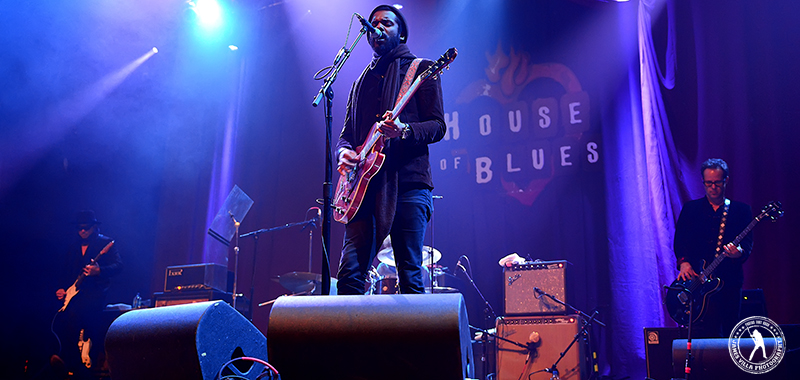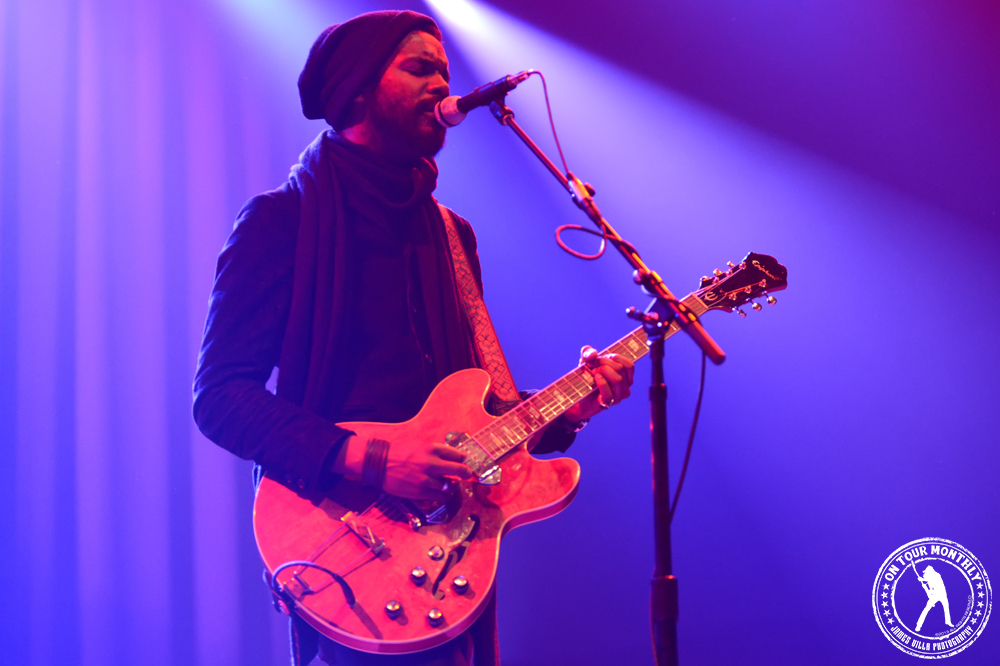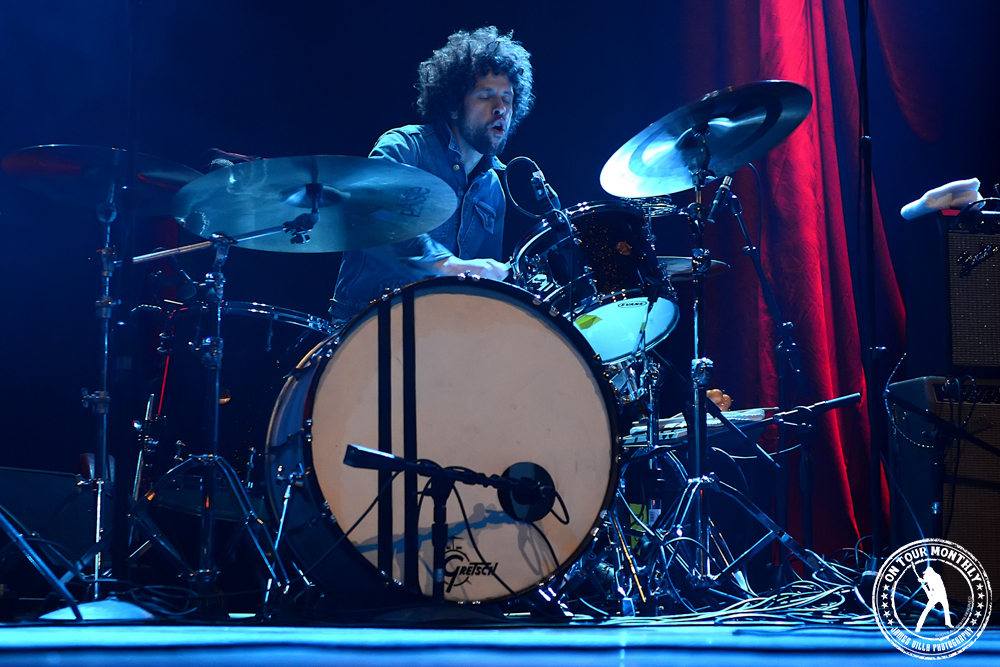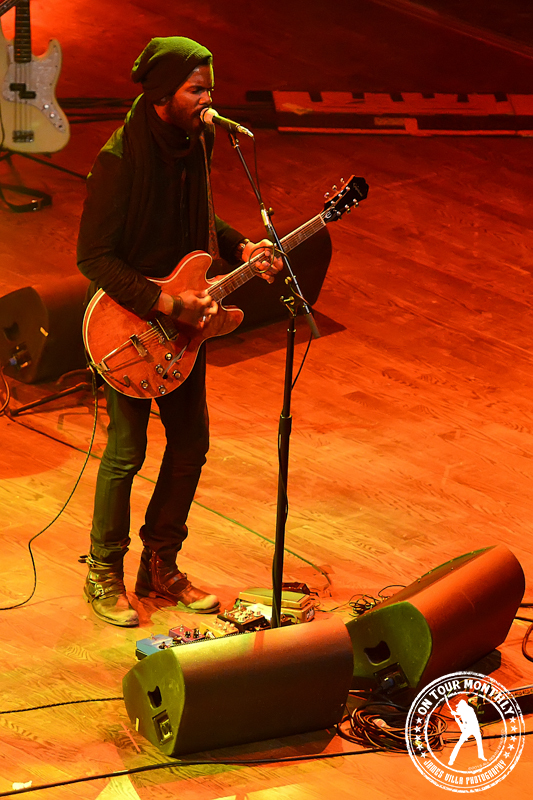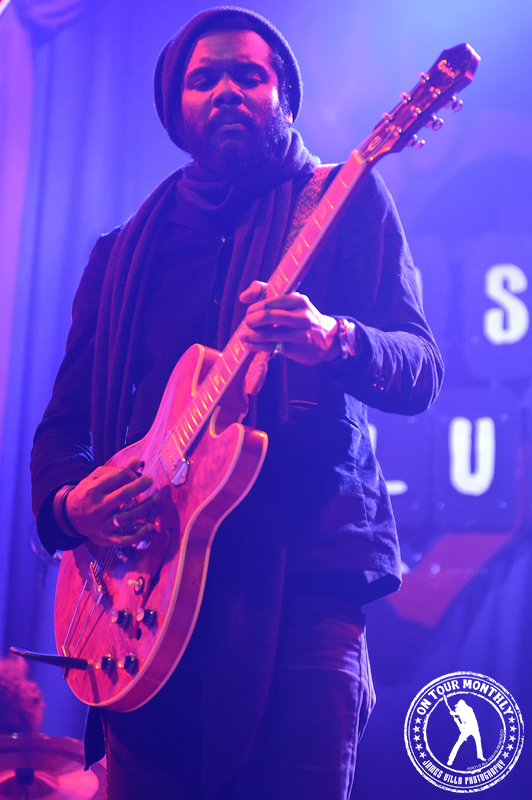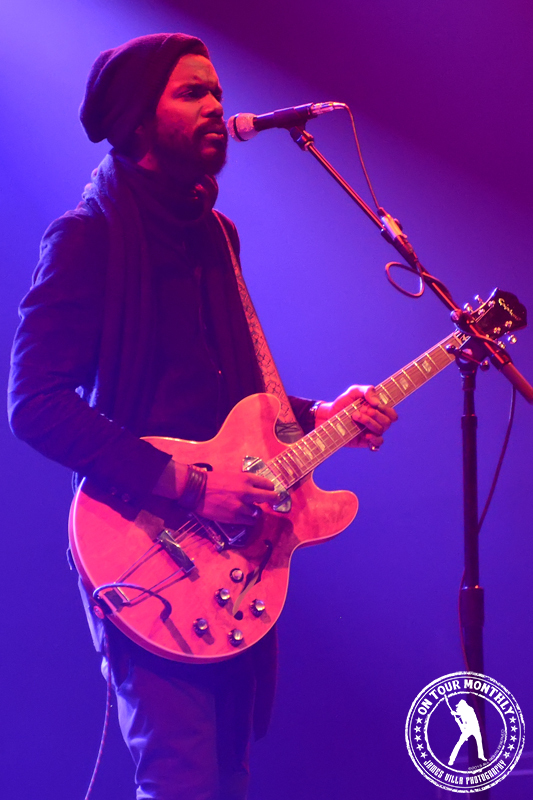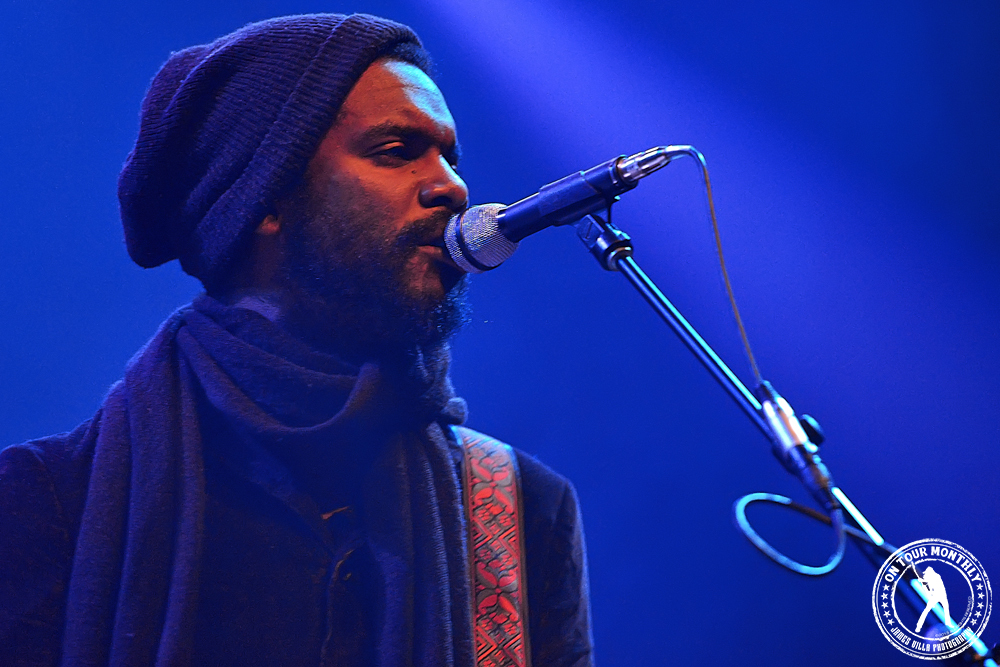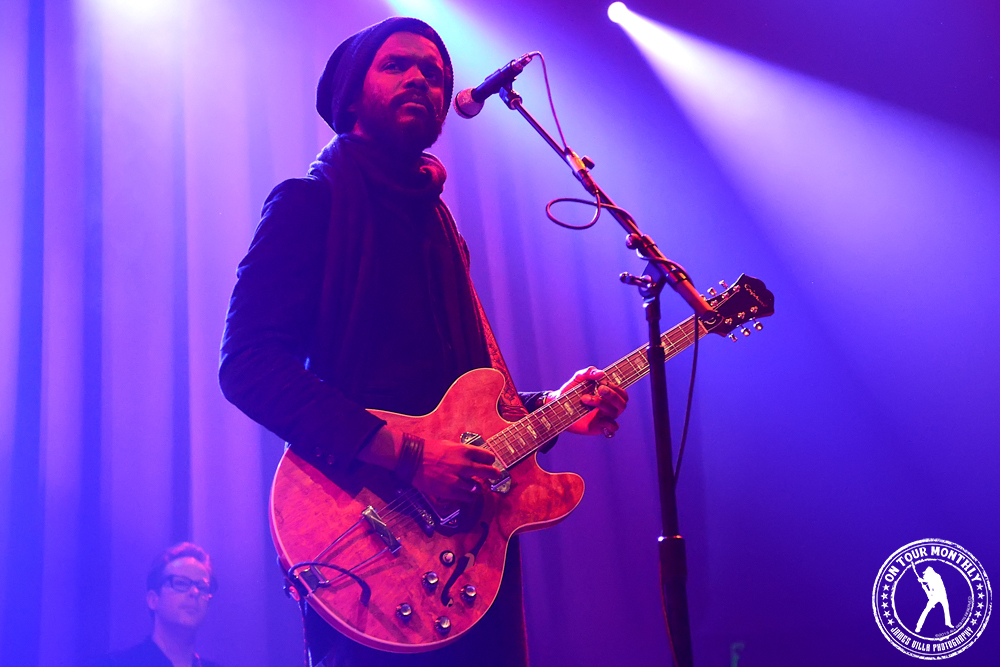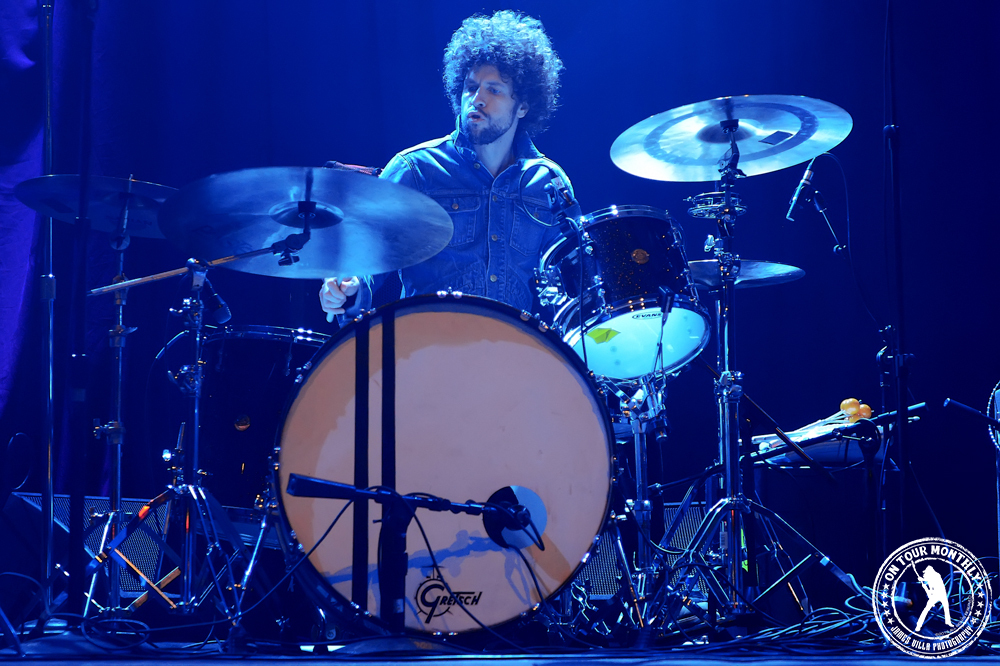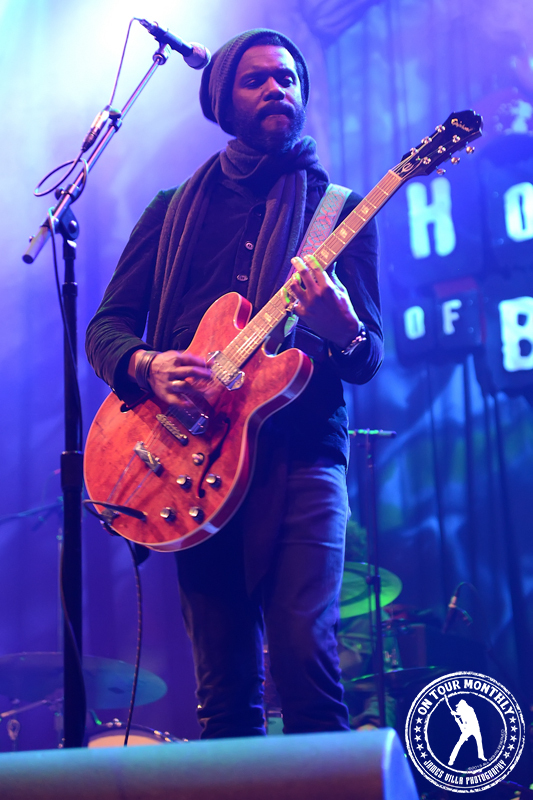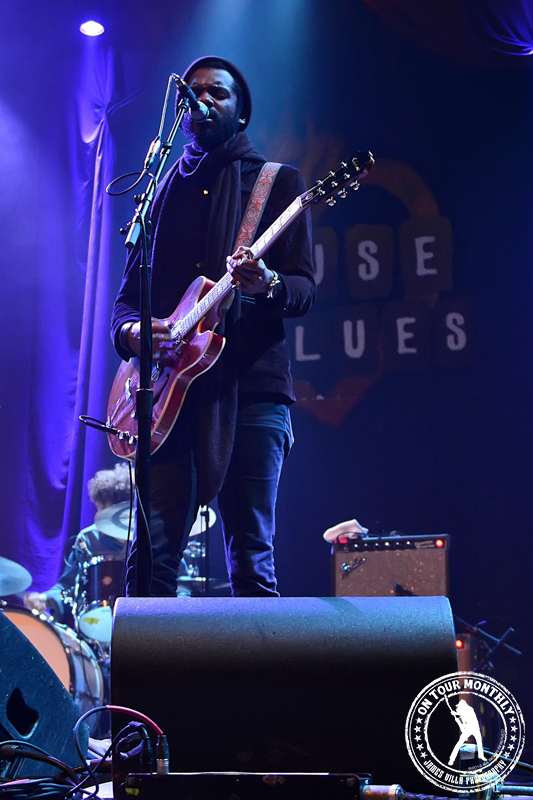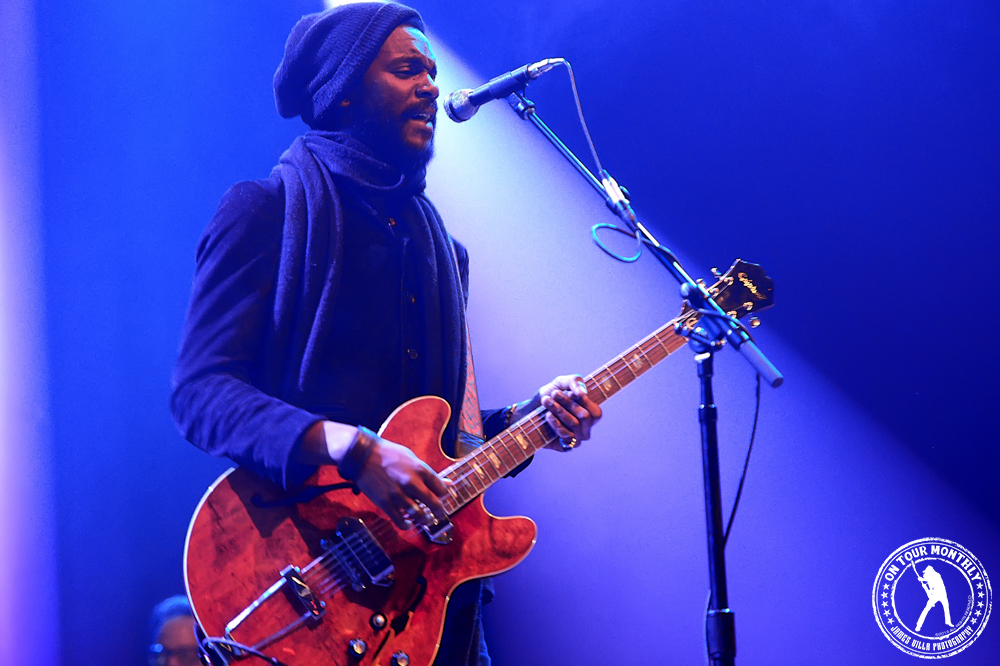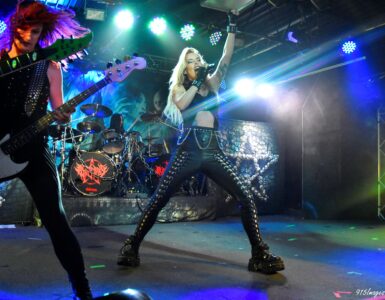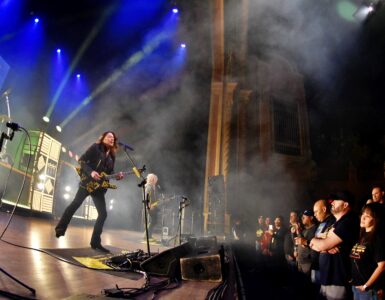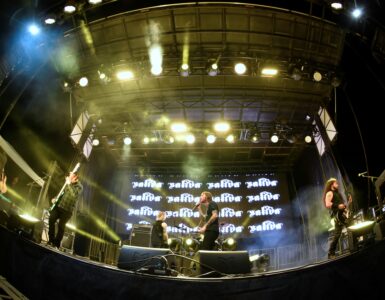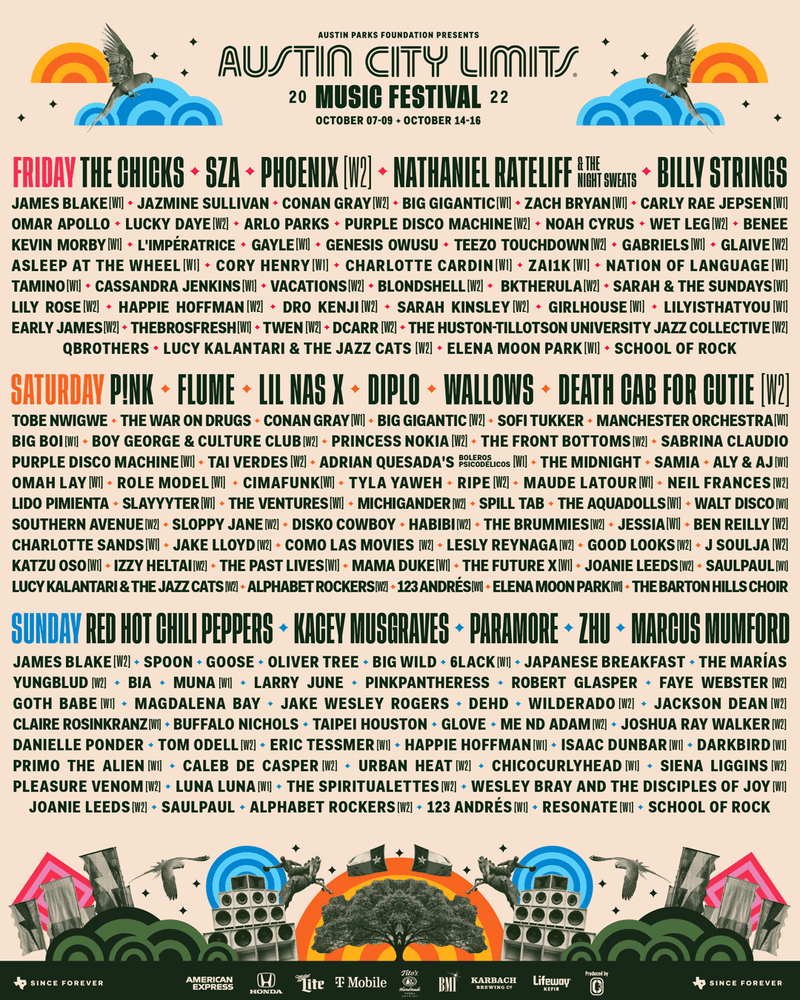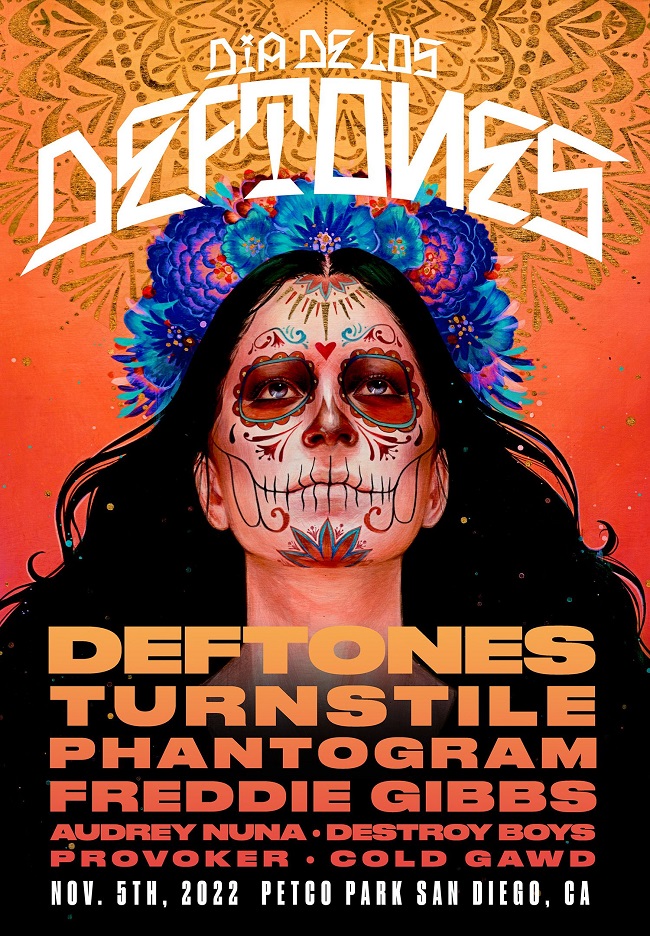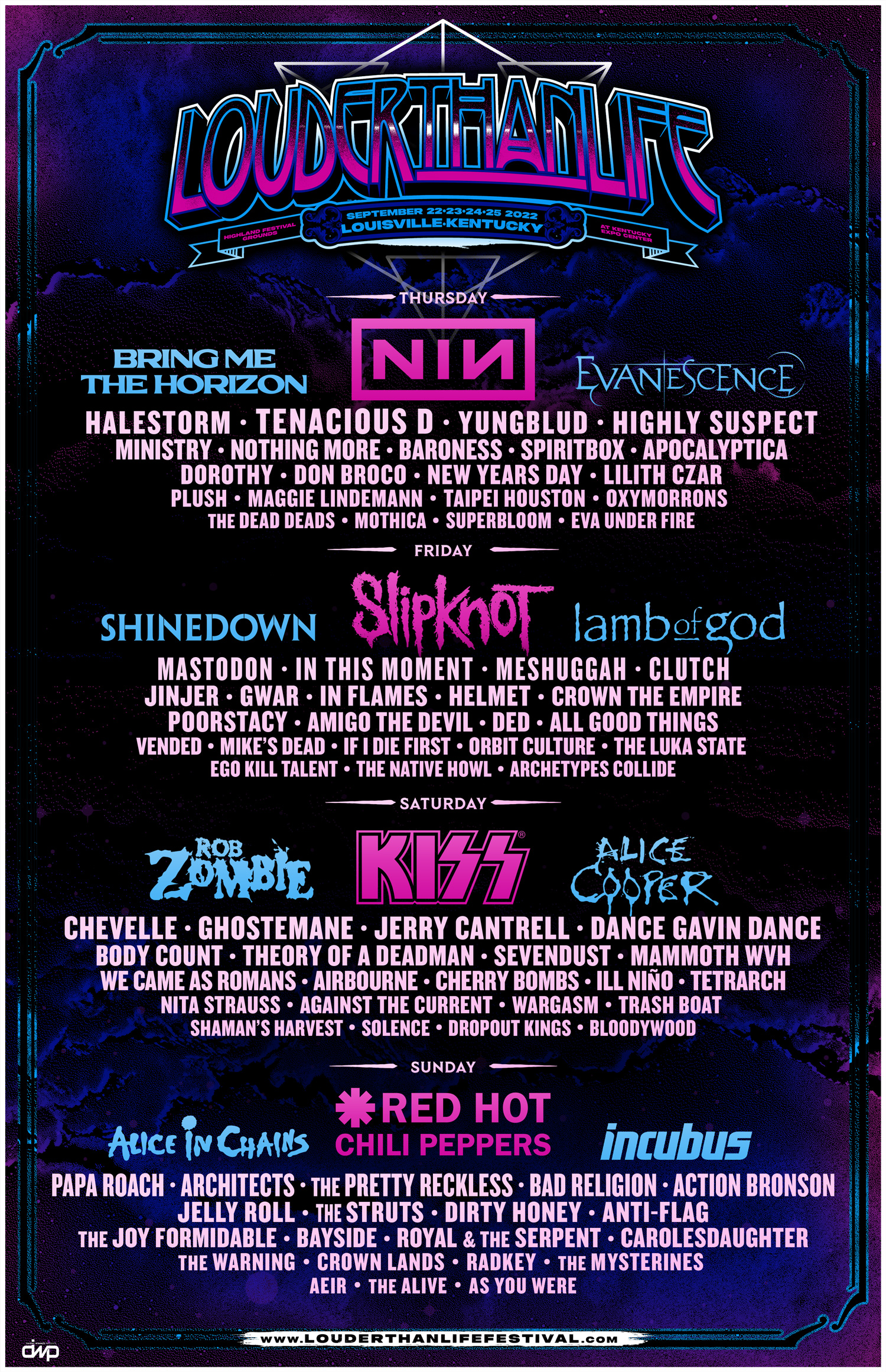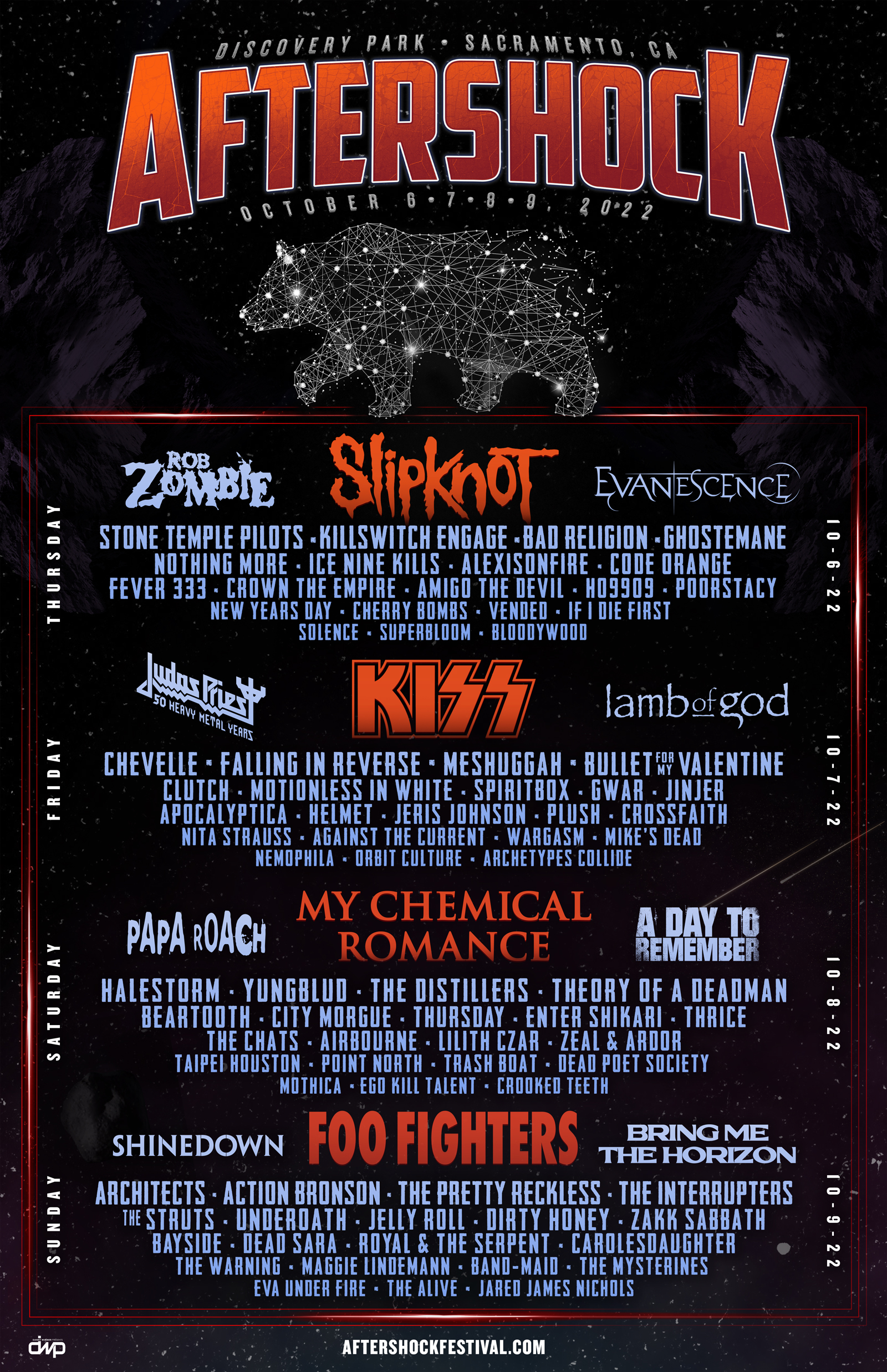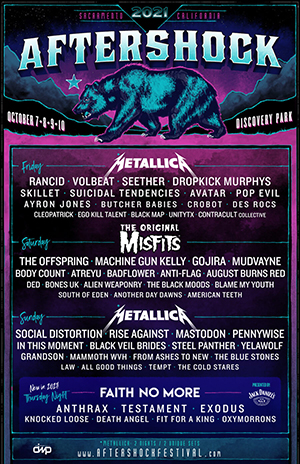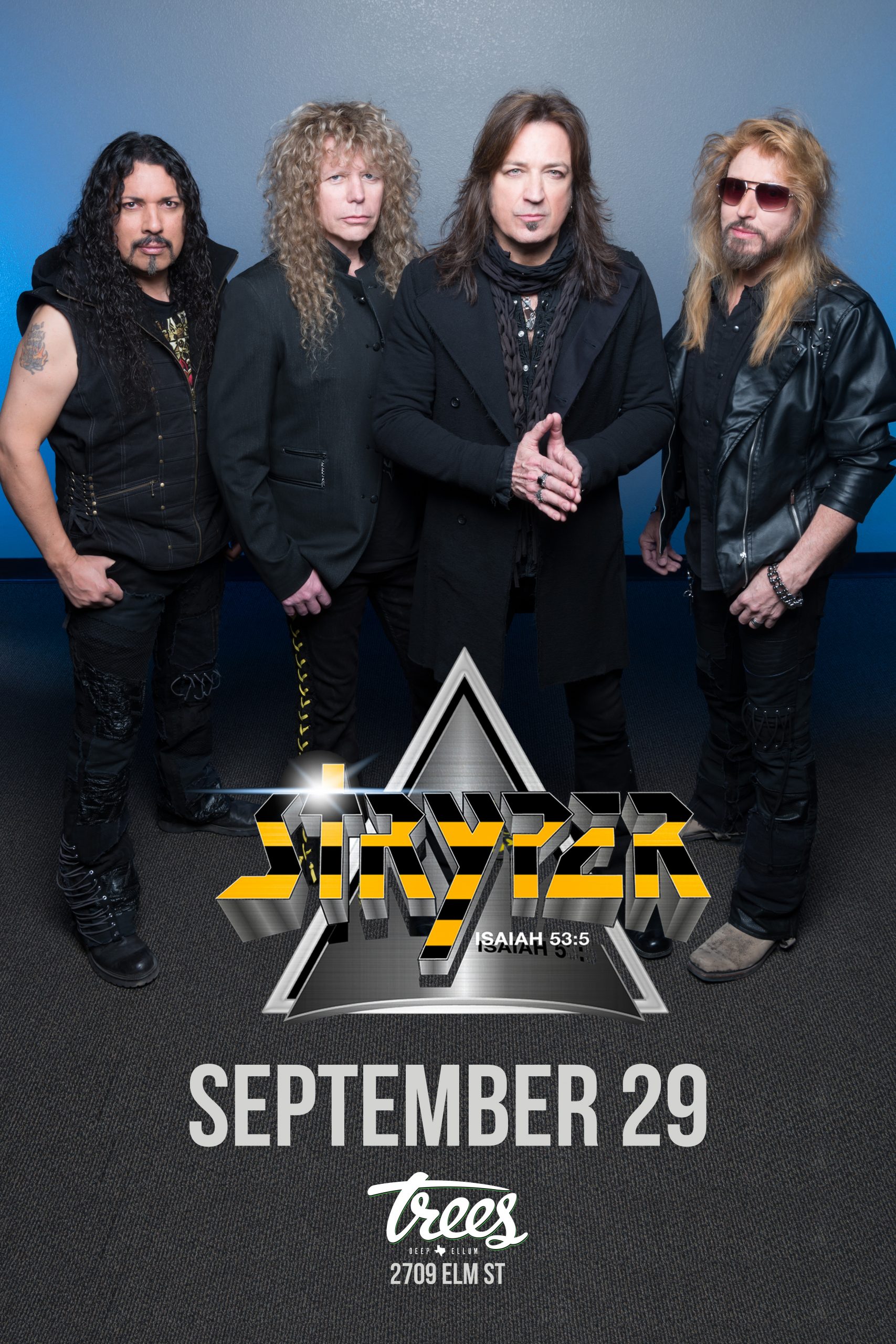House of Blues (Dallas, TX)
– Words by Austin Reed / Photos by James Villa –
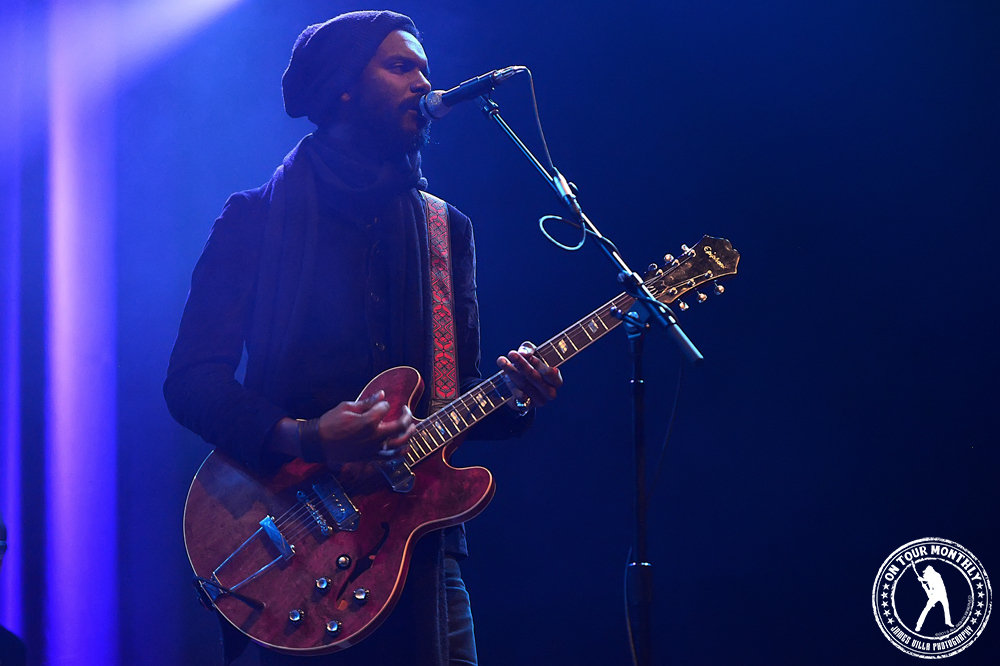
Prior to the show at House of Blues Wednesday night, James and I caught a beer in the dining hall, at which point I warned him of a fear with which I had been grappling for practically the entire week.
“Staying objective throughout this review is going to be a nightmare,” I said to him as I meticulously peeled the label off my Coors Light bottle. This was entirely true—I consider Gary Clark, Jr. to be one of the more prolific artists of our generation. He’s an atypical talent that embodies those tangible differences between the insipidly commonplace and the unassailably gifted. I love his music, so my fear was justified.
I talk a lot about the structure of musical genre. More specifically, I talk a lot about the importance of that structure and how/where/why it lives within the strata of pop culture. I do so because, whether we’d like to admit it (or whether we’re even consciously able to do so), genre classification is simply the way we understand music as a whole. If it’s not A or B, it must be C. It’s a fascinating implication we have come to accept because it radically affects so much more than how we label the music we hear.
It affects how we label the music we don’t hear.
I’ve been as guilty as anyone of rejecting the possibility of new music because of its positioning within a genre that I would normally (and happily) avoid. I appreciate and enjoy jazz music, but I don’t actively seek it out. I spent the formative years of my life in middle Tennessee, but I’ll be the first to admit that some of the most unbearable swill in music is born in Nashville. And for as much as I hate to admit it, I’ve all but given up on my rock and roll heroes from the nineties who have deemed it necessary to resurge today.
But something is happening. Something revolutionary. Something unavoidable.
As a fan base, we are witnessing a genre spillover. Things are becoming other things. In the not-so-distant future, it will be impossible for us to jump to the conclusions we embrace today (about two decades, according to Grantland contributor Steven Hyden).
I’ll be the first to admit that the acceptance of a concept like this is terrifying. But consider acts like The Zac Brown Band and how they exist within the confines of country music. More significantly, consider Haim’s cosmic boost into the mainstream from their comfortable perch amid indie pop. When approaching the theory from this type of platform, it’s easy to see the relative upside connected to it.
But possibly the most relevant and most exciting artist to break boundary lines of late is Gary Clark, Jr.

If you haven’t taken time to study his debut full-length, Blak and Blu, you’re missing every positive aspect associated with the argument. At 29, Clark deftly explores the inimitable intricacy of doo-wop rock and roll, the bass-heavy punch of Delta Blues and the crowd-pleasing simplicity of singer/songwriter pop. He kneads this combination into a lushly authentic yet relatively uncharted sound without compromising the details that made each subgenre unique and necessary.
It’s inspiring, really. Blak and Blu is an album that is easily digestible without coming off as derivative. It is breathtakingly authentic without the risk of a learning curve. But most importantly, it’s an album that allows you to take out of it exactly what you want—no more and no less. It’s a definitive album because it begs to be defined in a million different ways.
Wednesday night’s performance at House of Blues was an examination of the best parts of Blak and Blu, as well as a handful of wonderfully performed covers.
Opening his set with album opener and subsequent foot-tapper, “Ain’t Messin’ Around,” Clark went to work early, throwing around his signature cherry red Epiphone Casino like a fully loaded water hose. It’s a swagger that Clark owns with a vilifying level of professionalism.
Following dancehall favorite, “Travis County,” Clark launched into a chilling cover of Lowell Fulson’s, “3 O’Clock Blues.” Gritty-yet-anthemic “When My Train Pulls In,” converted into a slow-down set featuring, “Things Are Changin’,” and an acoustic rendition of title track, “Blak and Blu.” A seamless transition into album single, “Bright Lights,” ended a set that could have ended the show to positive reviews.
But it didn’t. As a matter of fact, the depth of Clark’s talent hadn’t even been exposed.
An astounding solo cover of Ray Charles’, “In The Morning (When The Sun Goes Down),” led perfectly into, “You Saved Me,” and, “Numb,” Blak and Blu’s strongest tracks by a long shot. This turned into the strongest three-song stretch of the night, perfectly capturing Clark’s most powerful weapon: His emotional connection to his own music and his understanding of the emotion involved in the music of others.
As I mentioned in my review of Steve Vai’s performance this past Friday, meteoric talent is something to behold. The same goes for meteoric authenticity, and Gary Clark, Jr. embodies this element with little effort. It was a truly phenomenal performance that will set the bar for shows to come.

